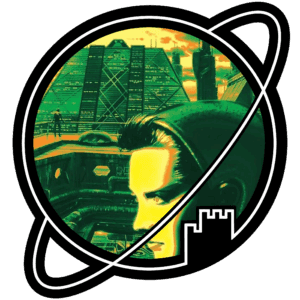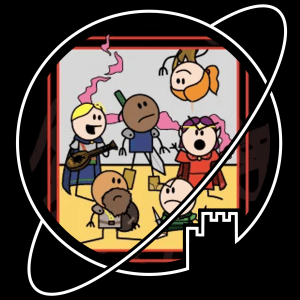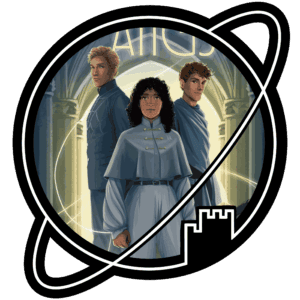- Short story collection written by Isaac Asimov
- Published December 2, 1950


As proposed by Peter, I read Asimov’s I, Robot as a first step in my training to become a science fiction connoisseur. Somewhat to both our surprise, I very much enjoyed it.
When I started reading I, Robot, I didn’t know what to expect, though I quickly suspected that the Will Smith on the cover would have little to do with the original stories written in the 1940’s. I struggled a little with the framing narrative introduction, something Peter eventually told me was probably created later to link all the stories in this collection together. The first story, however, was quick to capture my attention .The same was true for all the stories thereafter.
Despite its age, the prose of I, Robot is very approachable. Not only that, but I would say that the future Asimov paints still feels relevant: a world in which technology advances beyond our wildest dreams, but remains limited by petty human politics and emotions. Asimov’s worldbuilding of this future is misleadingly simple, focussing on the Three Laws of Robotics, a set of rules that together determine how robots can (or cannot) act. Most of the stories in this collection revolve around these premise. In some stories, the interaction between these laws is the main conflict, in other stories the question whether these laws have been broken, and if so, how? I had a lot of fun trying to solve the stories’ mysteries before the protagonists did. I suspect fans of hard magic systems might appreciate Asimov’s Laws of Robotics as well.
When it comes to characters and emotional beats, I, Robot has little to offer. All in all, only two stories came close to pulling my heartstrings. Though I liked Dr. Susan Calvin – the only major female character in this collection, I believe – and her ‘robots are much better than humans’ attitude, her characterization remains rather flat. The same goes for Powell and Donovan and their amusing shenanigans. All characters remain subservient to the central ideas in each story. The same can be said for the frame story, which ends rather abruptly without really saying something. Still, when you take some time to reflect on the different stories at the end, you’ll land on some (bleak) overarching questions and conclusions, that Asimov probably wanted to evoke.
In conclusion, after reading I, Robot I can certainly see how Asimov had a lasting impact on the science fiction genre. For all those that want to follow in my footsteps and wish to better acquaint themselves with this genre, I think I, Robot is indeed a good place to start this journey.














